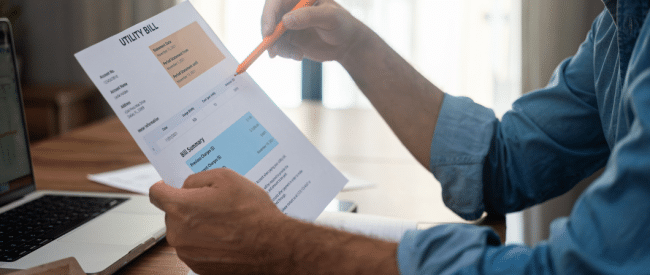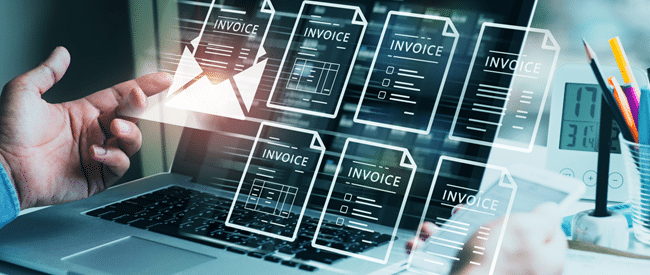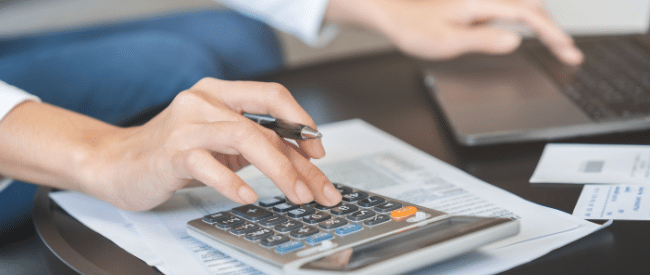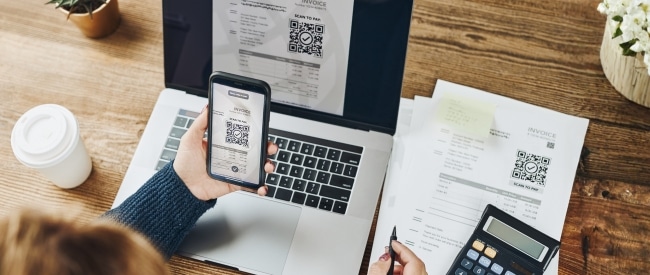Women are reeling financially from the economic impact of COVID-19, jeopardizing their ability to pay for needed medical care.
At the start of the pandemic, the persistent gender pay gap means that women were earning 19% less on average than men. Since then, more women than men have lost their jobs, 11.5 million to 9 million between February and May alone, according to Pew Research Center. That’s in part because women are more likely to be working in industries with jobs decimated by the pandemic, such as hospitality, retail and day-care.
Even if they still have a job, women are nearly three times more likely than men to miss work because they don’t have child care.
Closing the healthcare payment gap
It’s no surprise that InstaMed says women are 22% more likely than men to be unable to pay off a medical bill balance of $1,000. The same survey found that outdated payment methods and confusing information can make managing payment responsibility even more stressful.
Revenue cycle management companies and healthcare providers that adopt digital communication and payments, plus flexible payment plans, can help bridge that gap.
By using customer communications management (CCM) and electronic bill presentment and payments (EBPP), companies can easily give patients more control over how they manage their bills and payments. Electronic options mean patients can access critical and time-sensitive account information, manage bills and make payments at any time, from any device.
Adding flexibility and choice
Some EBPP systems enable patients to set up payment plans and automatic deductions as well as make one-time payments. They often accept a variety of payment methods, including ACH and credit cards.
RCM firms could take the lead in working with their provider clients to modify payment plan term lengths and monthly payment thresholds for those experiencing financial hardship. They can use their CCM technology to send payment alerts and do more outreach to patients before they’re in financial trouble. Companies can make sure patients are aware of available payment options and keep them informed of eligibility for charity care.
Catering to women
Women are the primary healthcare decision makers, making 80% of all buying and usage decisions, according to 2019 Oliver Wyman research. They also constitute more than 70% of the healthcare workforce, says the World Health Organization.
Healthcare organizations and their RCM providers that accommodate their needs can go a long way ensuring they and their families receive necessary care in the short-term while building loyal healthcare consumers and employees for the long-term.
CCM, EBPP and their self-service models are important tools for meeting those needs. That’s because 83% of consumers prefer electronic payment methods for medical bills, according to the InstaMed survey. Moreover, Millennials and Gen X are 28% more likely than Baby Boomers to consider switching a healthcare provider for a better payment experience, the same survey said.
In addition to the choice and convenience from digital options, CCM and EBPP systems allow companies to deliver the extra dose of compassion and flexibility that many women need in these trying times. As companies step up to offer more of these compelling options, the burden on women and consumers will lessen. That’s a welcome relief for all.
About the Author
Nicole leads Nordis’ operations, client services and product management. She is responsible for the client journey, from new product development, implementation and delivery of technology and production services to ongoing client support and servicing. A former Nordis client, Nicole brings firsthand knowledge of Nordis solutions and more than 25 years of experience in healthcare, technology, revenue cycle management and business operations.








